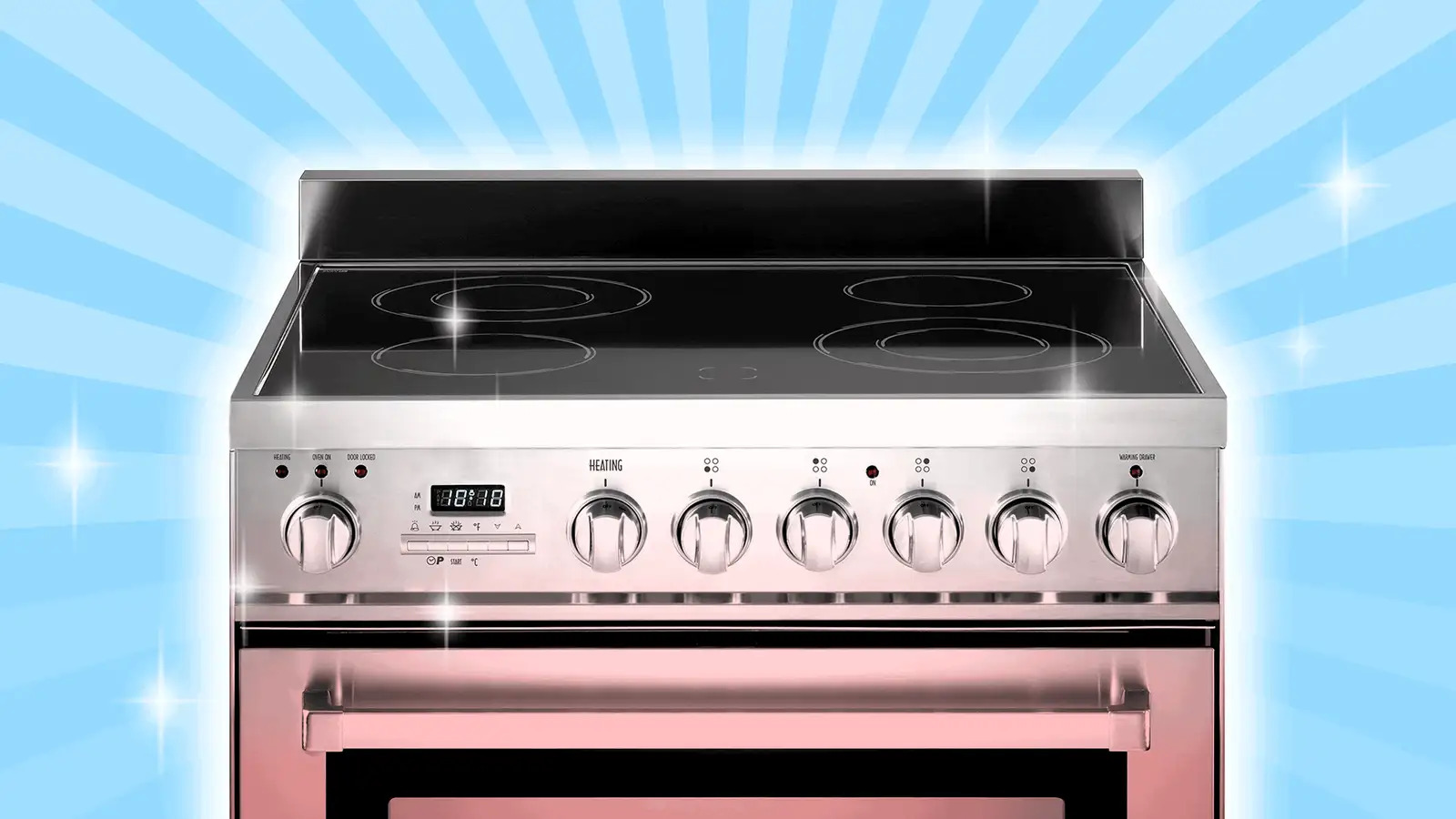

Articles
How Long Do Electric Stove Burners Last
Modified: May 6, 2024
Discover how long electric stove burners typically last and find helpful articles on maintaining and extending their lifespan.
(Many of the links in this article redirect to a specific reviewed product. Your purchase of these products through affiliate links helps to generate commission for Storables.com, at no extra cost. Learn more)
Introduction
Electric stoves have become an essential appliance in modern kitchens, providing a convenient and efficient way to cook meals. One of the key components of an electric stove is the burner, which generates the heat necessary for cooking. However, just like any other mechanical device, electric stove burners have a limited lifespan.
In this article, we will explore the factors that affect the lifespan of electric stove burners, how long they typically last, signs of a failing burner, and ways to extend their lifespan through proper maintenance. So, if you’re curious about the longevity of your electric stove burners and how to keep them in optimal condition, read on!
Key Takeaways:
- Electric stove burners typically last 5-10 years with proper care, but heavy usage and neglect can shorten their lifespan. Recognizing signs of failure and implementing maintenance tips can extend their longevity.
- Factors such as usage frequency, heat level, cookware material, and quality of the burners affect the lifespan of electric stove burners. Proper cleaning, maintenance, and care can maximize their efficiency and performance.
Read more: Why Do My Electric Stove Burners Burn Up?
Factors Affecting Electric Stove Burner Lifespan
Several factors contribute to the lifespan of electric stove burners. Understanding these factors can help you gauge how long your burners are likely to last and take appropriate steps to maintain them.
- Usage Frequency: The more often you use your electric stove burners, the quicker they are likely to wear out. Frequent use increases the wear and tear on the heating elements, leading to a shorter lifespan.
- Heat Level and Cooking Time: Cooking at high heat levels or for extended periods can also take a toll on the burners. Continuously exposing the heating elements to high temperatures can cause them to deteriorate faster.
- Cookware Material: The type of cookware you use can impact the lifespan of your electric stove burners. Cookware made of materials such as cast iron or glass can scratch or damage the heating elements, reducing their longevity.
- Food Spills and Debris: Accidental spills, food debris, and residue on the burners can affect their performance and lifespan. These unwanted materials can accumulate, hinder heat distribution, and potentially cause damage if not cleaned promptly.
- Quality of the Burners: The quality of the electric stove burners themselves also plays a role in their lifespan. Burners made of higher-quality materials and craftsmanship are generally more durable and last longer.
Understanding these factors can help you manage your electric stove burners better and take steps to ensure they last as long as possible. In the next section, we will explore the typical lifespan of electric stove burners.
Normal Lifespan of Electric Stove Burners
The lifespan of electric stove burners can vary depending on several factors, including usage, maintenance, and the quality of the burners themselves. On average, electric stove burners can last anywhere from 5 to 10 years with regular use and proper care.
However, it is essential to note that this is a general estimate, and individual circumstances may differ. Some burners may wear out sooner due to heavy usage or other factors, while others may last longer with lighter use and diligent maintenance.
The heating elements of electric stove burners are the most commonly replaced parts, and their lifespan can range from 3 to 7 years. The coils or solid heating elements direct the electric current to generate heat, and over time, they may become less efficient or fail altogether.
The durability of the rest of the burner components, such as the connection wires and terminal blocks, also contributes to the overall lifespan. Timely repairs and replacements can help extend the lifespan and ensure optimal performance.
It is worth noting that some higher-end electric stove models may come with more durable and long-lasting burners. These models may have better construction, materials, and technology that can result in a longer lifespan compared to lower-priced or lower-quality alternatives.
While the lifespan of electric stove burners can vary, it is essential to keep an eye out for signs of a failing burner. In the next section, we will discuss some common indicators that your electric stove burner may need attention or replacement.
Signs of a Failing Electric Stove Burner
As electric stove burners age, they may exhibit certain signs that indicate they are starting to fail. It’s important to be aware of these signs so that you can address the issue promptly and prevent further damage. Here are some common signs that your electric stove burner may be failing:
- Inconsistent Heating: If you notice that your burner is not heating evenly or is taking longer than usual to heat up, it could indicate a problem. Inconsistent heating can result from damaged heating elements or poor electrical connections.
- Hot Spot or Discoloration: A hot spot or discoloration on the burner surface can be a sign of a damaged heating element. It may indicate that the coil or solid heating element is deteriorating, causing uneven heating patterns.
- No Heat: If a burner fails to produce any heat at all, it is a clear indication that it needs attention. This could be due to a faulty heating element, a broken connection, or a problem with the control switch.
- Strange Smells or Smoke: Unusual smells or smoke coming from the burner while it’s in use can be a sign of a serious issue. It could indicate an electrical problem, a damaged heating element, or a buildup of debris on the burner surface.
- Difficulty Adjusting Heat: If you find it challenging to control the heat level on a particular burner, it may suggest a problem with the temperature control mechanism. This could be due to a faulty switch or a damaged thermostat.
- Visible Damage: Physical damage, such as visible cracks, chipping, or warping on the burner surface, is a clear sign that it needs replacement. Such damage can hinder heat distribution and pose safety risks.
If you notice any of these signs, it is advisable to consult a professional technician or contact the manufacturer’s customer service for guidance. They can help diagnose the issue accurately and provide appropriate solutions, whether it’s repairing the burner or replacing it entirely.
Now that we’ve discussed the signs of a failing electric stove burner, let’s move on to explore ways to extend their lifespan through proper maintenance.
Electric stove burners can last for many years with proper care and maintenance. Regular cleaning and avoiding overheating can help extend their lifespan. If a burner is not heating evenly or at all, it may need to be replaced.
Extending the Lifespan of Electric Stove Burners
While the lifespan of electric stove burners can be influenced by various factors, there are steps you can take to extend their longevity. By implementing these practices, you can maximize the efficiency and performance of your burners, reducing the need for frequent replacements. Here are some tips for extending the lifespan of your electric stove burners:
- Proper Cleaning: Regularly clean your electric stove burners to remove any food spills, grease, or debris. Wipe them down with a damp cloth or sponge after each use and avoid using abrasive cleaners that can damage the heating elements.
- Use Appropriate Cookware: Choose cookware that is compatible with electric stoves. Avoid using rough or heavy-bottomed pots and pans that can scratch the burner surface. Opt for flat-bottomed cookware to ensure even heat distribution and prevent damage.
- Avoid Overheating: Avoid using high heat levels unnecessarily. Overheating the burners can accelerate wear and tear. Opt for medium to low heat settings whenever possible and adjust the temperature as needed during cooking.
- Use Proper Cooking Techniques: Practice good cooking techniques to minimize the strain on your burners. Avoid dragging pots and pans across the burner surface, as it can cause scratches or damage. Use appropriate-sized cookware to ensure efficient heat transfer.
- Handle with Care: Be gentle when handling and cleaning your electric stove burners. Refrain from banging or dropping them, as this can cause internal damage and affect their performance.
- Regular Inspections: Periodically inspect your burners for signs of wear or damage, such as loose connections or discoloration. If you notice any issues, address them promptly to prevent further damage.
- Professional Maintenance: Consider scheduling periodic maintenance and inspections by a professional technician. They can perform thorough checks, clean internal components, and make any necessary repairs to keep your burners in optimal condition.
By following these tips, you can ensure that your electric stove burners stay in good working order and extend their lifespan. Proper maintenance is the key to maximizing their efficiency and saving you from the hassle and expense of frequent replacements.
Now that we’ve covered ways to extend the lifespan of electric stove burners, let’s move on to some maintenance tips to help you keep them in excellent condition.
Read more: How To Measure Electric Stove Burners
Maintenance Tips for Electric Stove Burners
Regular maintenance is crucial for keeping your electric stove burners in optimal condition and prolonging their lifespan. By following these maintenance tips, you can prevent issues, ensure efficient performance, and extend the life of your burners:
- Regular Cleaning: Wipe down the burner surface with a mild detergent and water solution after each use. Make sure to remove any food spills, grease, or residue. Avoid using abrasive cleaners that can damage the heating elements.
- Deep Cleaning: Every few months, deep clean your electric stove burners by removing them from the stove (with the power off) and cleaning underneath them. Use a soft brush or cloth to remove any accumulated debris or grease.
- Inspect and Tighten Connections: Regularly inspect the connections of your electric stove burners. Make sure they are properly connected and tightened. Loose connections can lead to poor performance and potential safety hazards.
- Check for Damaged Wires: Examine the wires connected to the burners for any signs of damage, such as fraying or exposed wires. If you notice any issues, have them repaired or replaced by a professional.
- Replace Faulty Burners: If you notice any of the signs mentioned earlier indicating a failing burner, it is best to replace it. Continuing to use a faulty burner can lead to safety hazards and further damage to the stove.
- Follow Manufacturer’s Instructions: Read and follow the manufacturer’s instructions for your specific electric stove model. They often provide specific maintenance guidelines tailored to your stove’s design and components.
- Avoid Excessive Weight: Do not place heavy objects or apply excessive weight on the electric stove burners. This can lead to damage or warping of the burner surface, affecting their performance.
- Don’t Overload the Circuit: Ensure that the electrical circuit supplying power to your electric stove is not overloaded. Overloading can cause damage to the burners and other electrical components.
Following these maintenance tips will not only help extend the lifespan of your electric stove burners but also ensure their safe and efficient operation. By taking care of your burners, you can enjoy reliable performance and delicious meals for years to come.
Lastly, let’s conclude our discussion on the lifespan and maintenance of electric stove burners.
Conclusion
Electric stove burners play a vital role in our kitchens, providing the heat necessary for cooking our favorite meals. Understanding the factors that affect their lifespan and taking proper maintenance steps can help us keep them in optimal condition for years to come.
In this article, we discussed the various factors that influence the lifespan of electric stove burners, including usage frequency, heat level, cookware material, food spills, and the quality of the burners themselves. While the typical lifespan of electric stove burners ranges from 5 to 10 years, individual circumstances may vary.
We also highlighted some signs that indicate a failing electric stove burner, such as inconsistent heating, hot spots, no heat, strange smells or smoke, and difficulty adjusting heat. Recognizing these signs allows us to address the issue promptly and prevent further damage.
To extend the lifespan of electric stove burners, we provided valuable tips, including proper cleaning, using appropriate cookware, avoiding overheating, handling with care, and scheduling professional maintenance when needed. Following these tips can maximize the efficiency and performance of the burners, reducing the need for frequent replacements.
Lastly, we discussed the importance of regular maintenance and offered maintenance tips such as regular cleaning, deep cleaning, inspecting and tightening connections, checking for damaged wires, and replacing faulty burners as necessary.
By implementing these practices, we can ensure that our electric stove burners remain in excellent condition, operating efficiently, and providing us with a delightful cooking experience for years to come.
Remember, the lifespan of electric stove burners may vary depending on usage and maintenance, but with proper care, you can enjoy the convenience and reliability they offer in the heart of your kitchen.
Keeping your electric stove burners in tip-top shape is just the start. For those with a knack for home upkeep, diving deeper into routine care for your living space proves invaluable. Our next piece, "What Home Maintenance Should I Do," offers a treasure of practical advice and simple steps to keep every corner of your home running smoothly. Don't miss out on these essential tips that can save you time, effort, and money in the long run.
Frequently Asked Questions about How Long Do Electric Stove Burners Last
Was this page helpful?
At Storables.com, we guarantee accurate and reliable information. Our content, validated by Expert Board Contributors, is crafted following stringent Editorial Policies. We're committed to providing you with well-researched, expert-backed insights for all your informational needs.

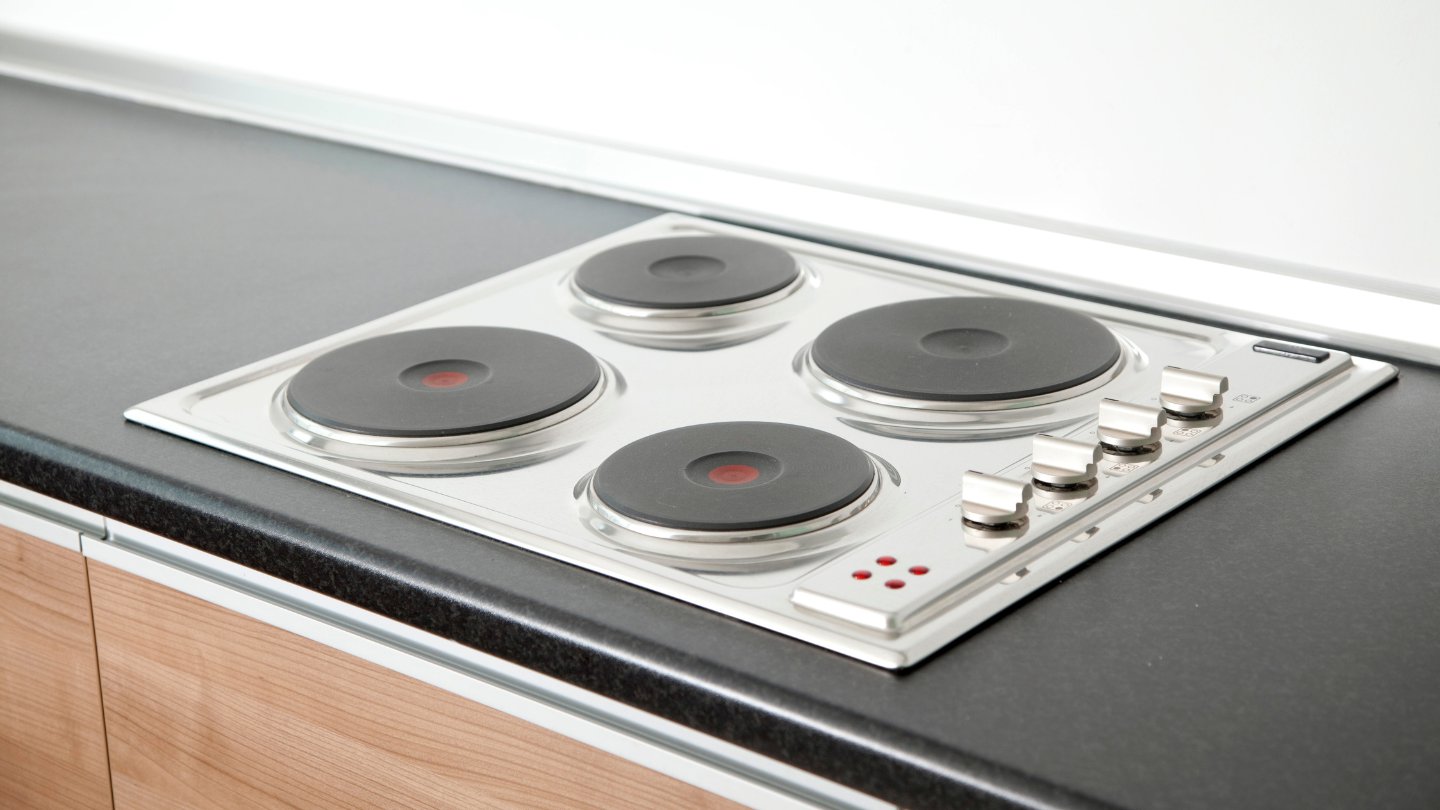
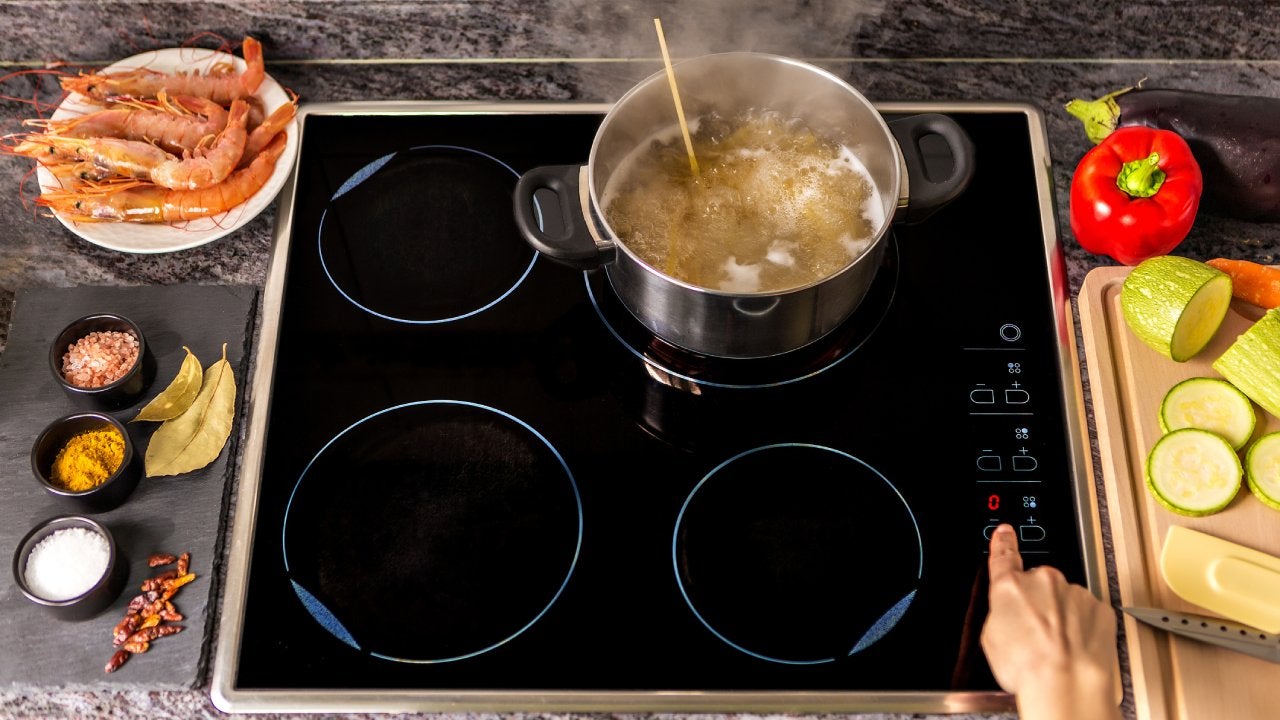
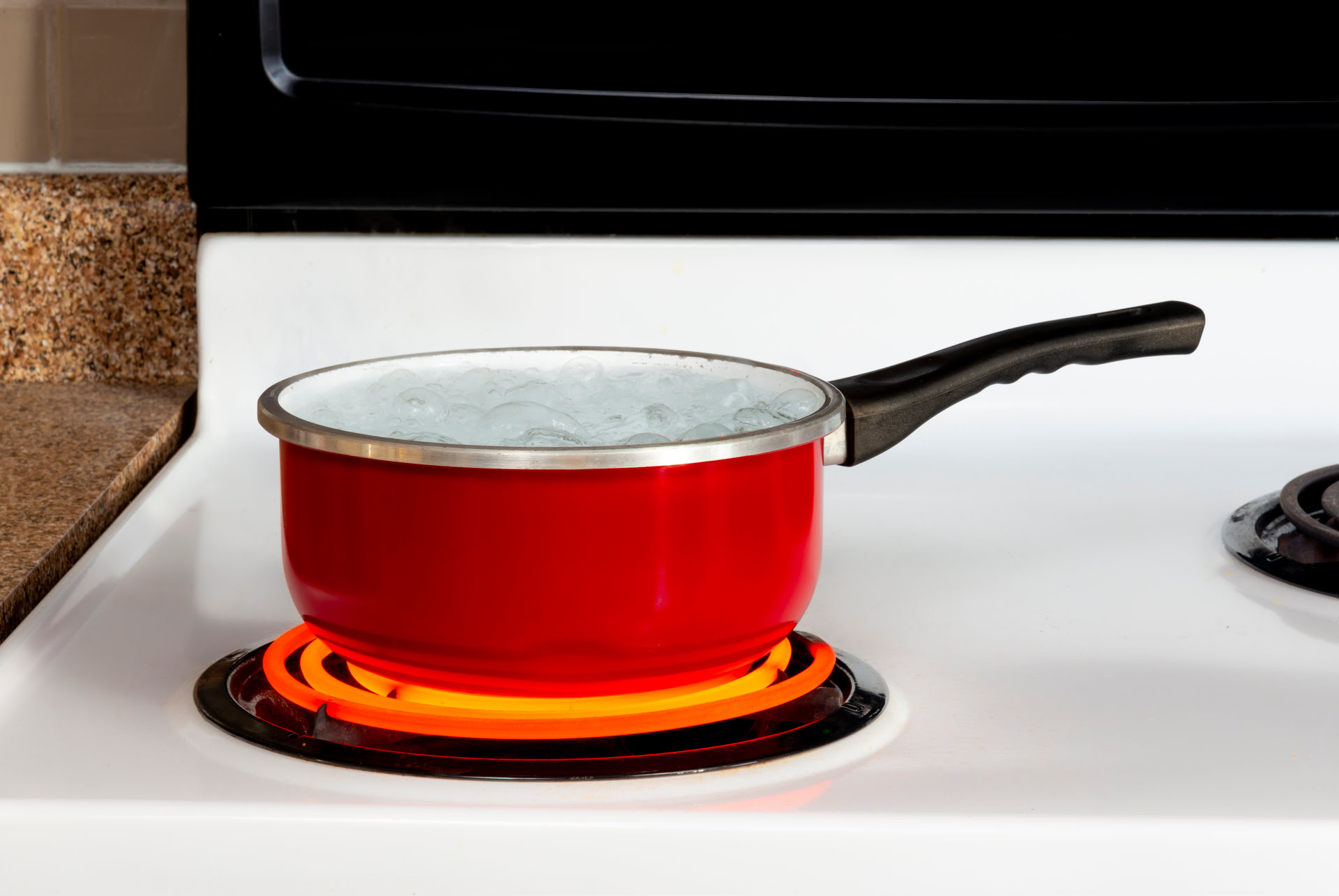
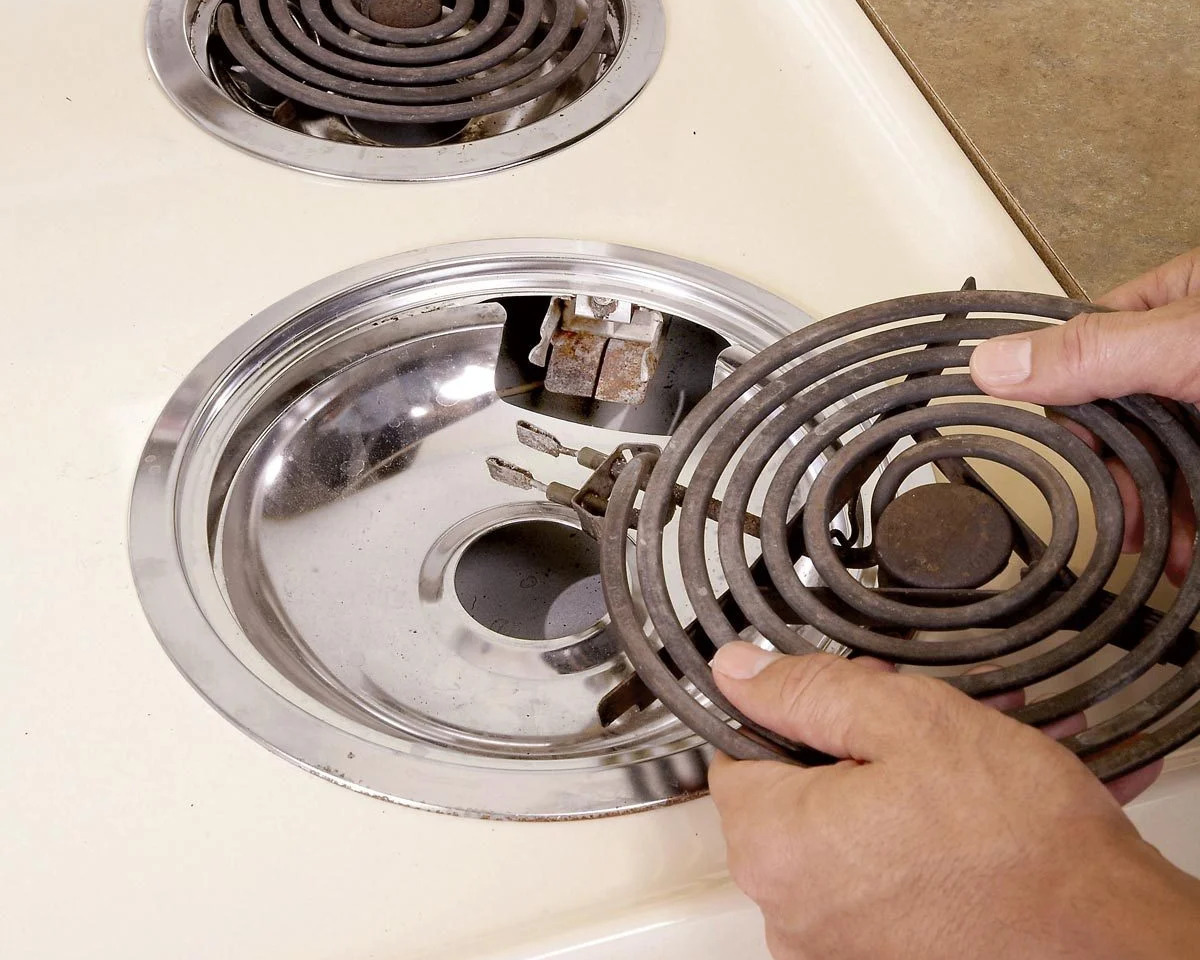

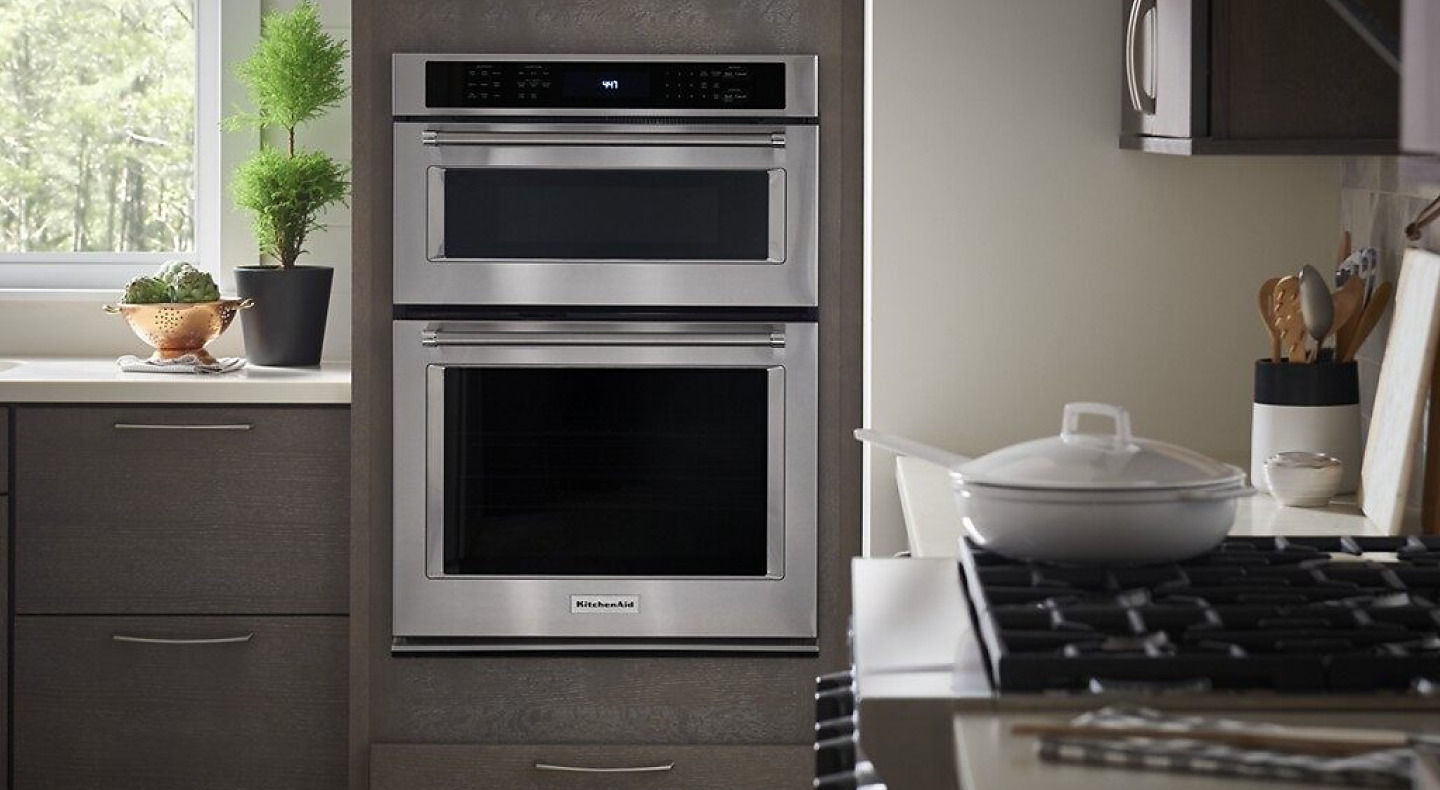
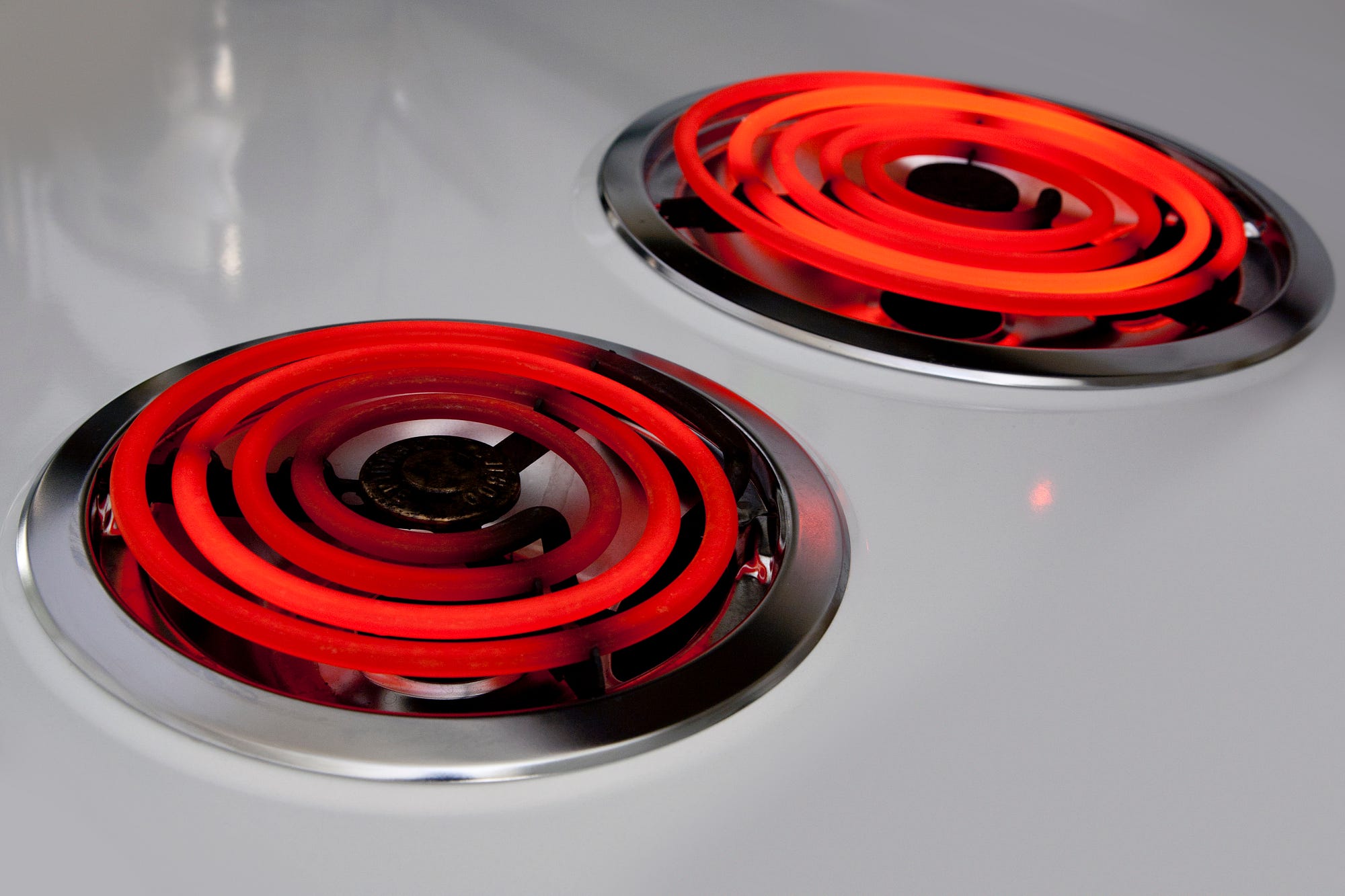
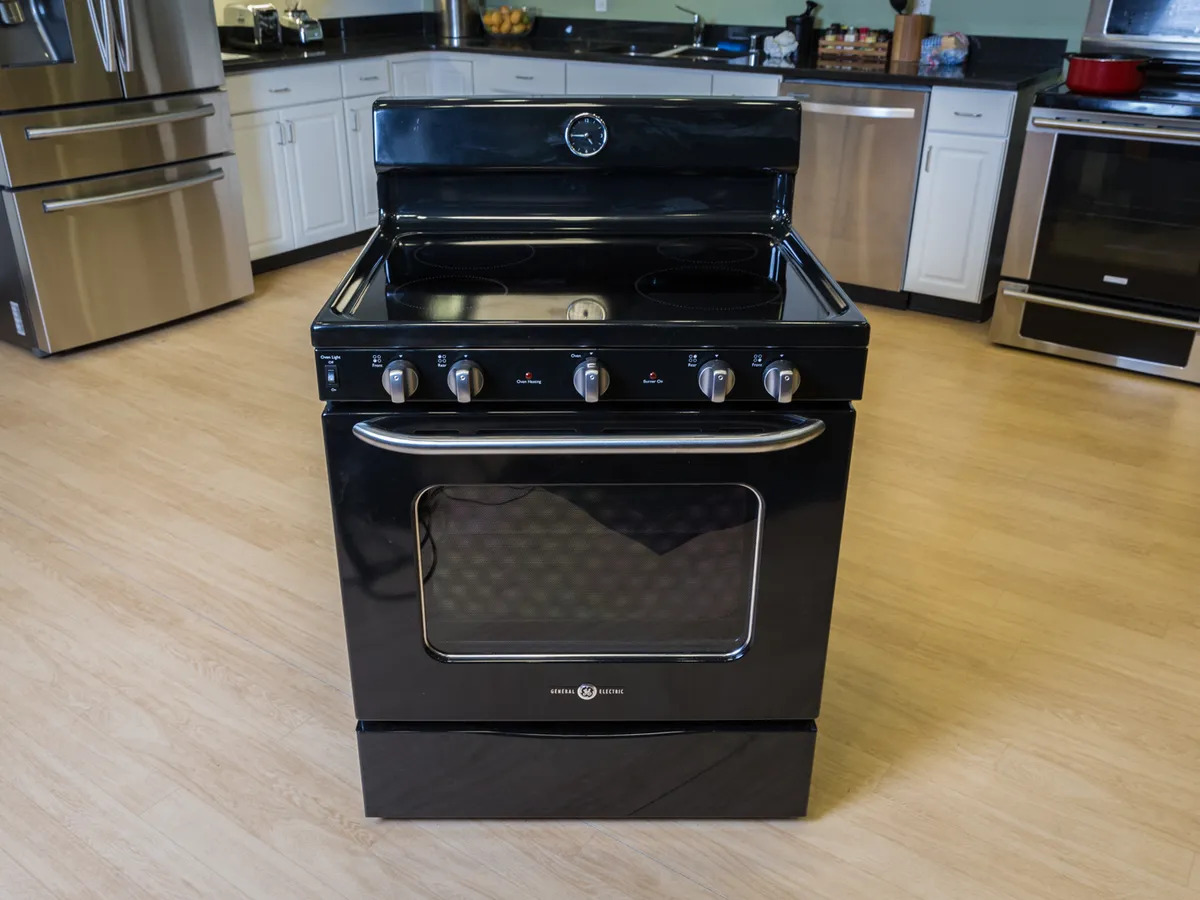
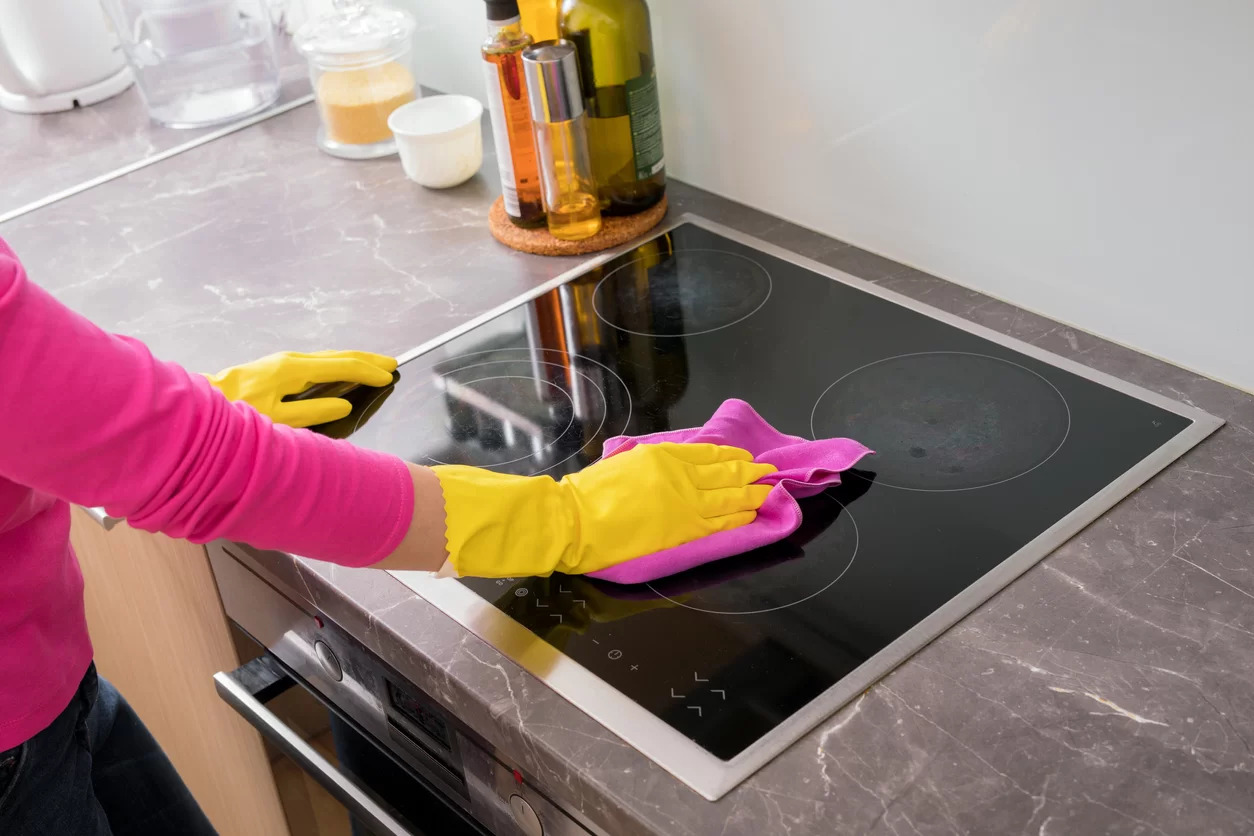
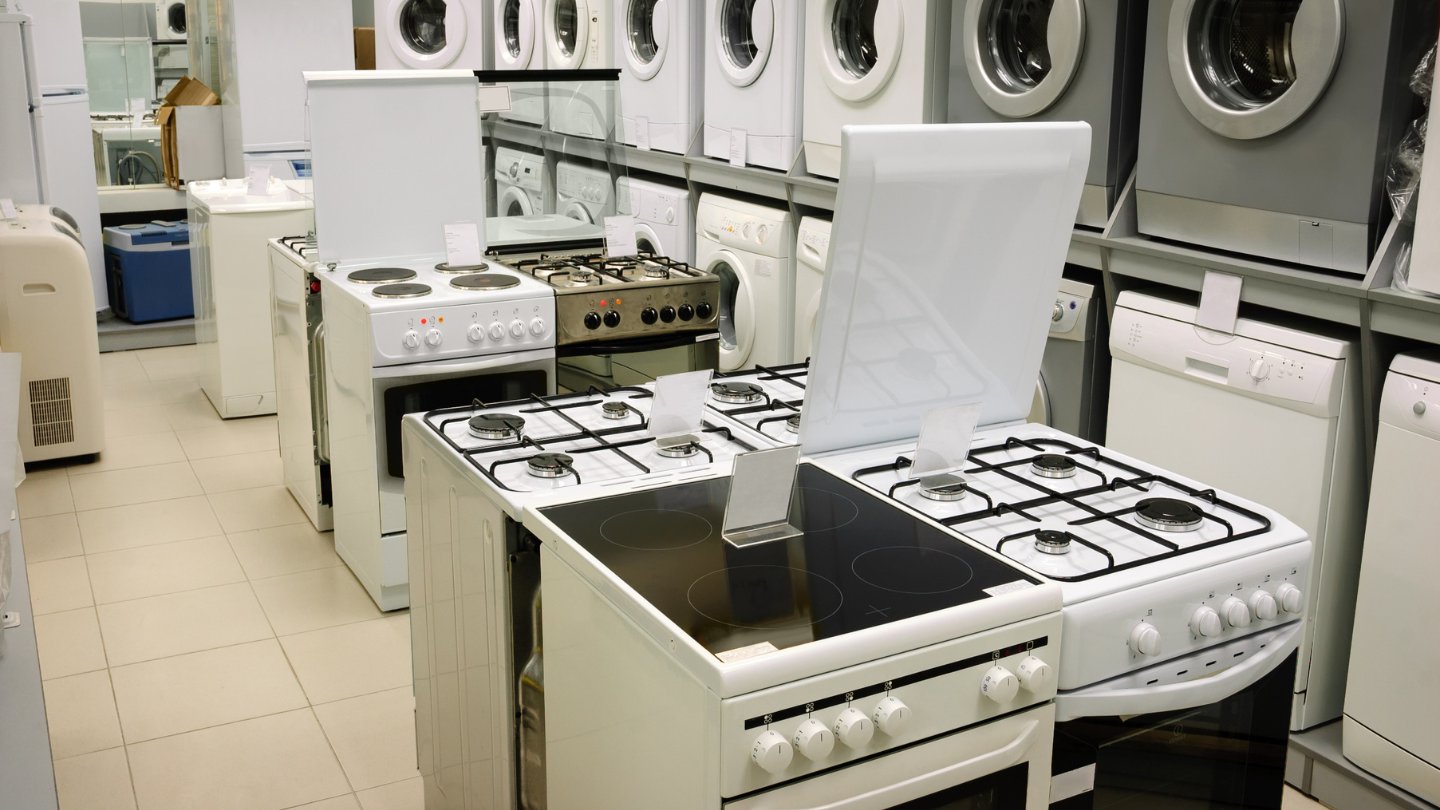
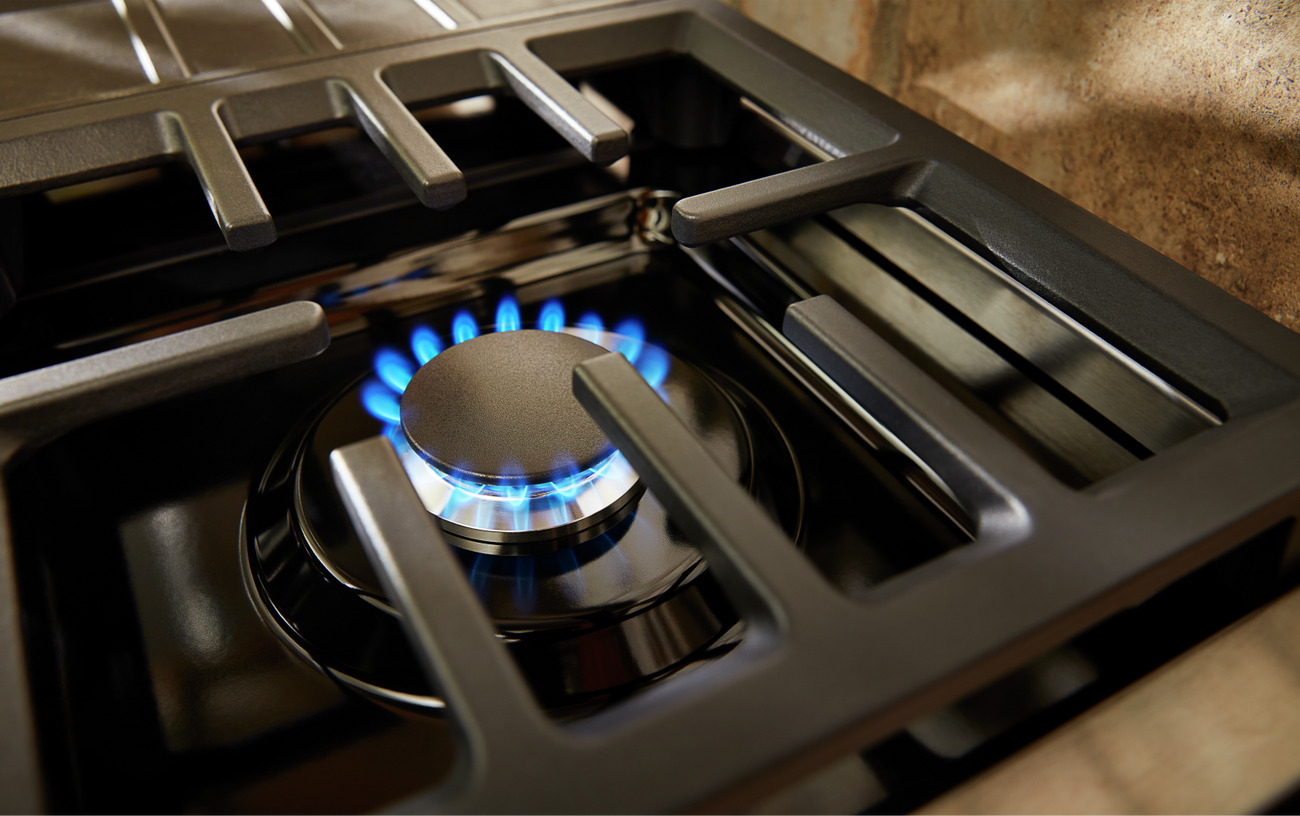
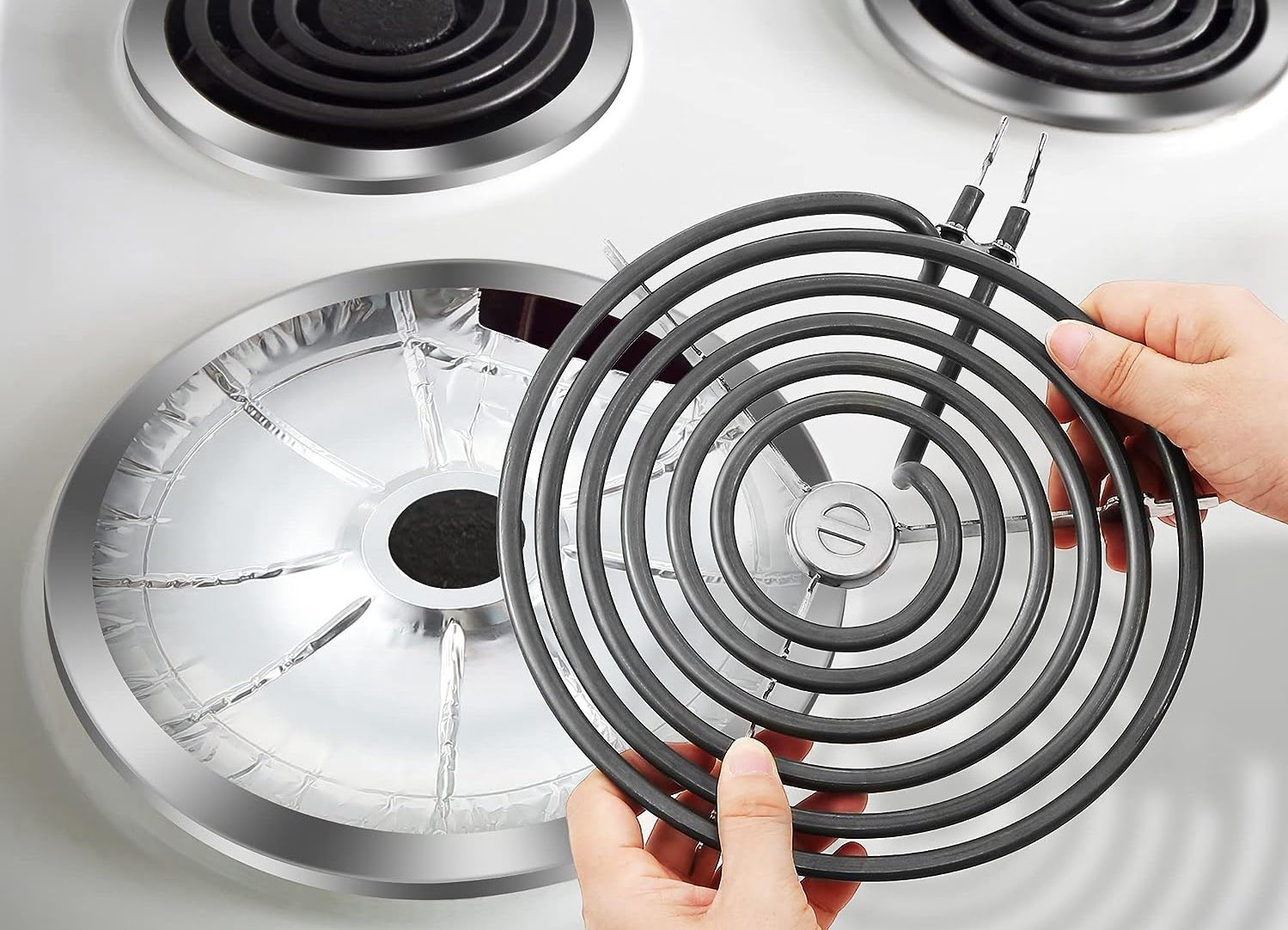
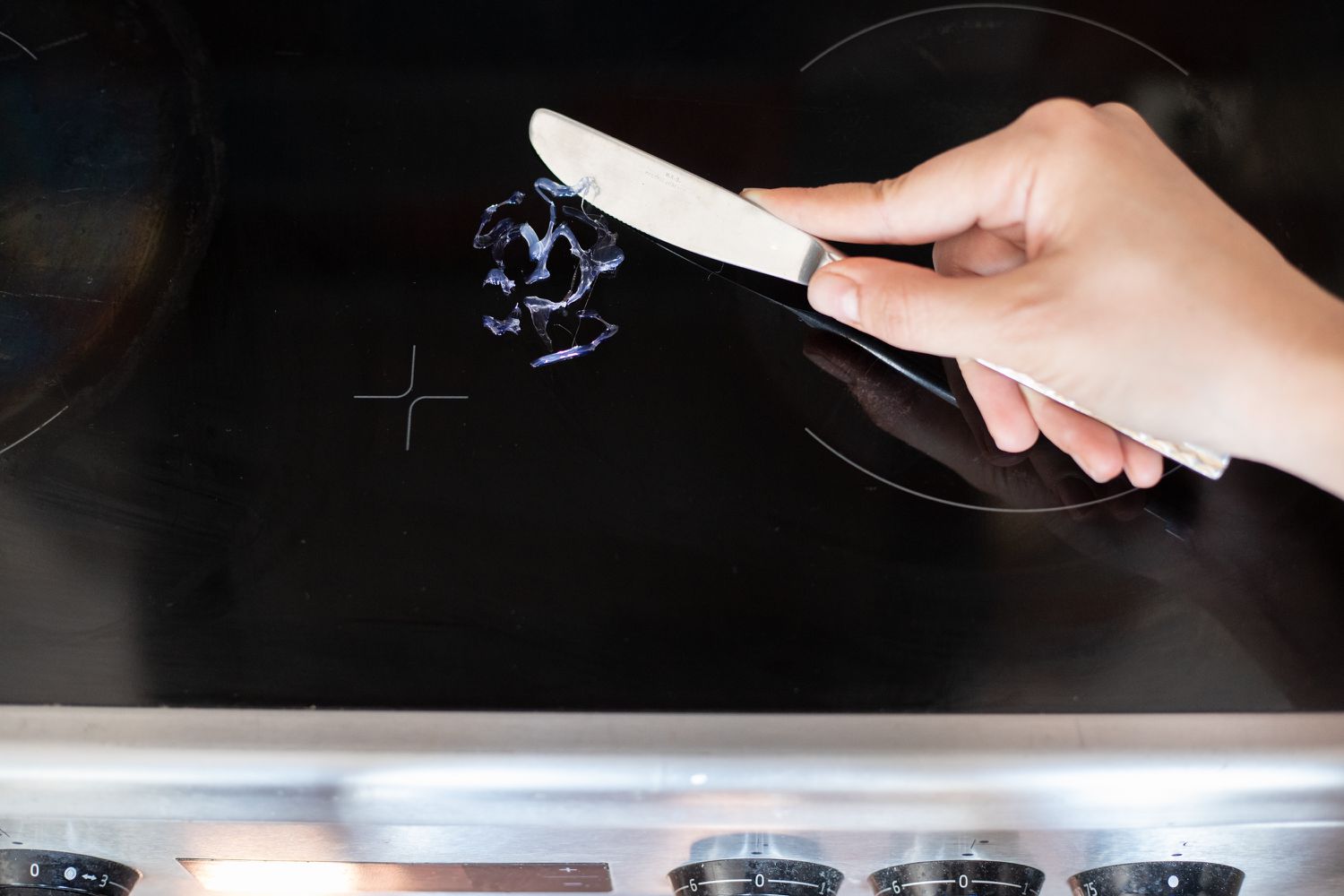

0 thoughts on “How Long Do Electric Stove Burners Last”